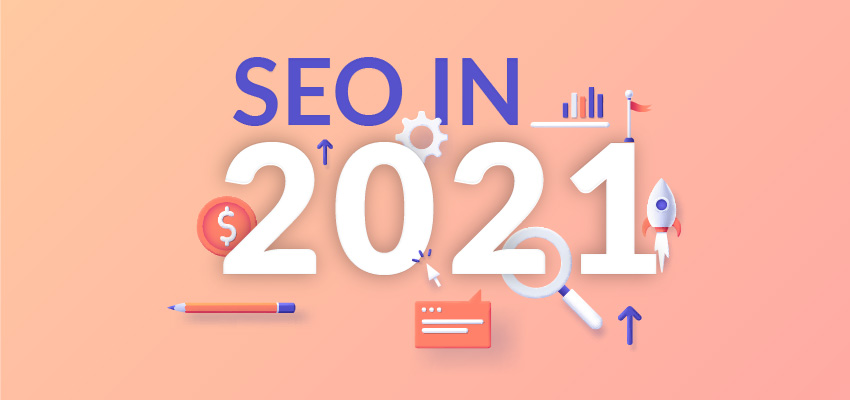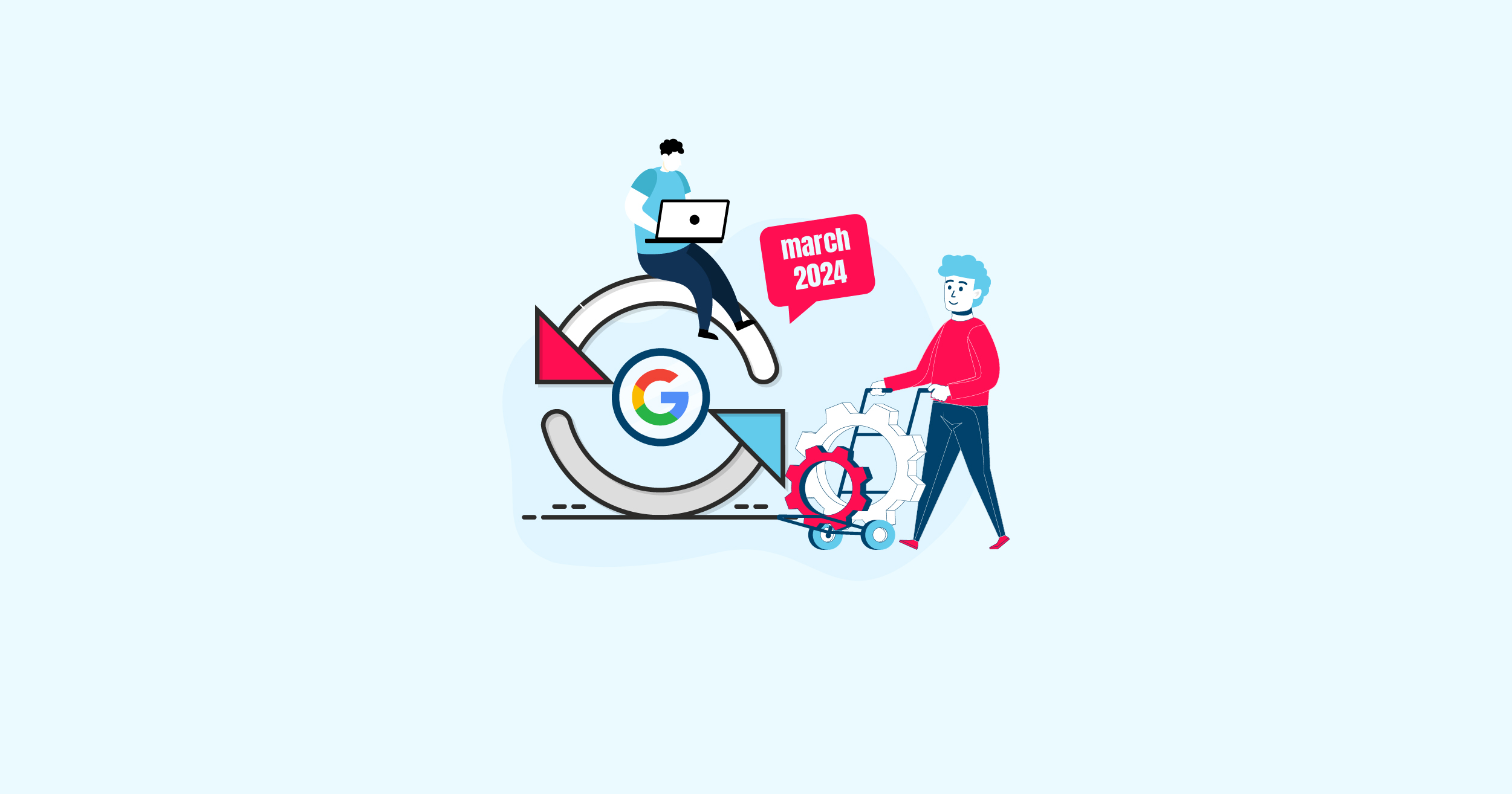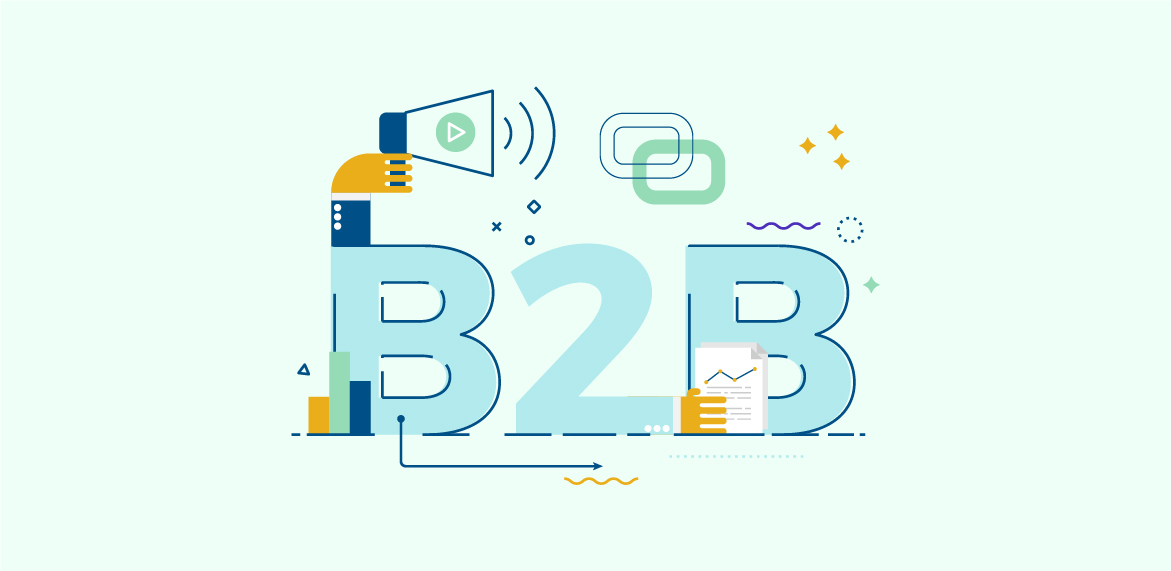Top SEO Trends To Look Out For In 2021
Guys, it’s 2021, finally. If you made it out unscathed, kudos to you.
Overall, we had a rough 2020 with COVID-19 taking a toll on most of our plans (which it still is). But it’s a new year, and hopefully, we can get a fresh start.
In terms of search, there’s a lot that happened last year, and there’s a whole lot more to happen with SEO trends for 2021.
In this blog, we’ll quickly recap SEO in 2020 and see how COVID-19 impacted everything (including search). But, more importantly, we’ll share some of the most decisive factors that we think will shape how search will perform in 2021, and what you need to do to dominate the SERPs.
First up, let’s take a quick glance at some of the key search developments in 2020.
A (quick) look back at search in 2020
If you ask anyone, what’s the one thing that’s had the most impact to SEO in 2020, they’re most like going to say Covid. That is true when we look at the search trends too. Covid was on everyone’s mind when the lockdowns started to happen all across the US and worldwide. In March alone, Covid-related searches were the most popular on Google.

When we talk about conversion rates, they took a big hit with an average decrease of 21%. The demand for non-essential items like high-fashion products and travel and tourism had a serious dip as people focused more on essential items.
But all was not too gloomy. There were some industries that saw record search volumes. To the surprise of many, toilet paper was the most sought-after item in the early stages of the lockdown. Queries like “toilet paper near me”, “hand sanitizers near me” were on an all-time high.

With lots of uncertainty on how to avoid the virus, searches for home remedies, telemedicine, and telehealth all grew tremendously.
Then, as people continued to stay in quarantine, topics like “learn a new skill”, “start a side hustle,” “e-learning,” “home gyms,” and “online conferencing” were surging across the search all through April and May.
From June onwards, people started accepting the new normal and transitioned towards gradual reopening. Queries like “remote tourism”, “private beach vacations”, “car camping” started popping up big time. Interest in “curbside pick-up” was going all the way up.
Special announcement schemas were also used by businesses to announce details like revised hours, shopping restrictions, closure notices etc.
One trend in particular that SEOs observed was an uptick in interest in long-form content. This is something that is considered to be a best practice generally. But Covid made it a bit more evident. With people having more time on their hands, chances of them reading through comprehensive content on a single topic increased, and so much content ranked better.
In terms of the Google core updates in 2020, we had 3 of them, with the first one being rolled out in January, second one in May and the last one in early December. Google’s advice throughout these updates was to keep focusing on quality content, make use of structured data, and simply fix any overarching SEO issues that affect user experience.
Factors that will influence SEO trends in 2021
When we talk about 2021, we know things can seem a bit dicey. Questions like “Will it be any different for search than 2020?”, “What’s Google up to?”, “How do I sustain my rankings or even grow them?” all start to pop up in everyone’s mind at the start of the year.
And the simple answer to all these, as always, is sticking to the process and adapting to what works best for you. That’s how it has worked all those previous years and that’s how it will this year too. With that said, let’s look at some factors that you need to give special attention to. This is based on our assessment of what’s most important for Google to rank websites in 2021.
Page Experience ranking factor
First up, is the all-important Page Experience ranking factor that’s about to come in May of this year. Google officially announced it in November 2020 but there was chatter going around it even before that.
This update will essentially take the expected user experience into consideration for ranking in search results. This ranking signal will itself have multiple sub-factors associated with it, including mobile-friendliness, safe browsing, HTTPS, intrusive interstitials, and the core web vitals. Among all these, the core web vitals will take up most of this score. And the 3 factors that you need to focus on are:
- Largest Contentful Paint (LCP). This measures the time it takes for a main page’s content to load. Ideally, it should be less than 2.5 seconds
- First Input Delay (FLD). This measures the time a page takes to be interactive for the user. This should be less than 100 milliseconds.
- Cumulative Layout Shift (CLS). This measures visual stability, and it should ideally be less than 0.1.

The bottom line is that websites that will not evolve with this update will do so at the cost of hurting their rankings. Google has made it pretty clear that it wants to give users the best possible search experience, and so it’s high time that you do too.
EAT

With plenty of new content rolled out on the web every day, it is important for Google to show the searchers something that is truly valuable to them. And that is why it uses EAT as a metric to gauge the quality of the content. With EAT (short for Expertise, Authority, and Trust), websites that try to just spin the content without adding much value to their own struggle a lot.
There are different ways you can incorporate EEAT in your content, like getting certified professionals in your niche to write for you, gathering lots of backlinks, having positive organic reviews, and so on. If you’re interested in knowing more about it, check out our blog here.
Semantics SEO
Something that goes along with EAT is semantics SEO, and we think that’ll be a big part, too, in terms of influencing which content will show up more in the SERPs. Contrary to what used to happen a few years ago when all the focus was to hammer down primary keywords every few sentences in content, Google now rewards websites that have a natural content flow with lots of secondary keywords to provide better context to the reader.
It’s a pretty simple process: the more you understand your target audience and figure out the intent behind their search, the higher you’ll rank in the SERPs. Keyword research tools like SEMrush and Ahrefs will do almost a perfect job for you in finding semantic keywords and topics.
Voice search
Voice search has been touted for some time as the next big thing that’ll disrupt the way search works. With 20% of all mobile queries being done through voice search and almost 60 million Americans owning a smart speaker, we believe 2021 will be the year when things begin to pick some pace.
The mechanics of optimizing for voice search remain primarily the same as optimizing for standard queries. The only difference is voice search queries are more conversational in nature. So when you type in “weather today” on Google for voice search, you might say, “What’s the weather forecast for today?”.
Semantic SEO will also play a big part in voice searches simply because having related keywords in your content will help Google understand the context better and, hence, show results accordingly.
Local SEO

The importance of local SEO has got a further boost due to the pandemic. As people hunker down, the demand for online shopping has shot up drastically. Businesses that have optimized for local SEO have seen great results. This shows that search engines are and will continue to be used to find localized products and services. And this trend will continue to grow.
What makes it even more crucial for businesses to focus on local SEO is the fact that searchers no longer have to visit specific pages; all the information they seek is displayed on the SERP itself. So, featuring in the local pack or the knowledge panel for related keywords is like hitting a goldmine.
Video Content
The final factor that you need to definitely focus more on in 2021 is video content. Everybody loves a good video. It’s more engaging, fun to watch, and relatable. That’s why we feel the websites that will repurpose their existing content and have a solid video content strategy will have a better shot at a higher ranking. The best part is that videos help gather lots of authority, too.
So, it’ll be a smart move if you chalk an entire video content calendar and identify platforms that you can use for publishing. We’re pretty sure this will pay off big time in 2021.
Takeaway
We encourage you to have a proper SEO strategy in place, keeping all the factors discussed above in mind. Always remember that no matter what niche you’re in and no matter how big or small you are, for your SEO strategy to be successful, you need to do a lot of experimenting and adapting to what works best for you.









